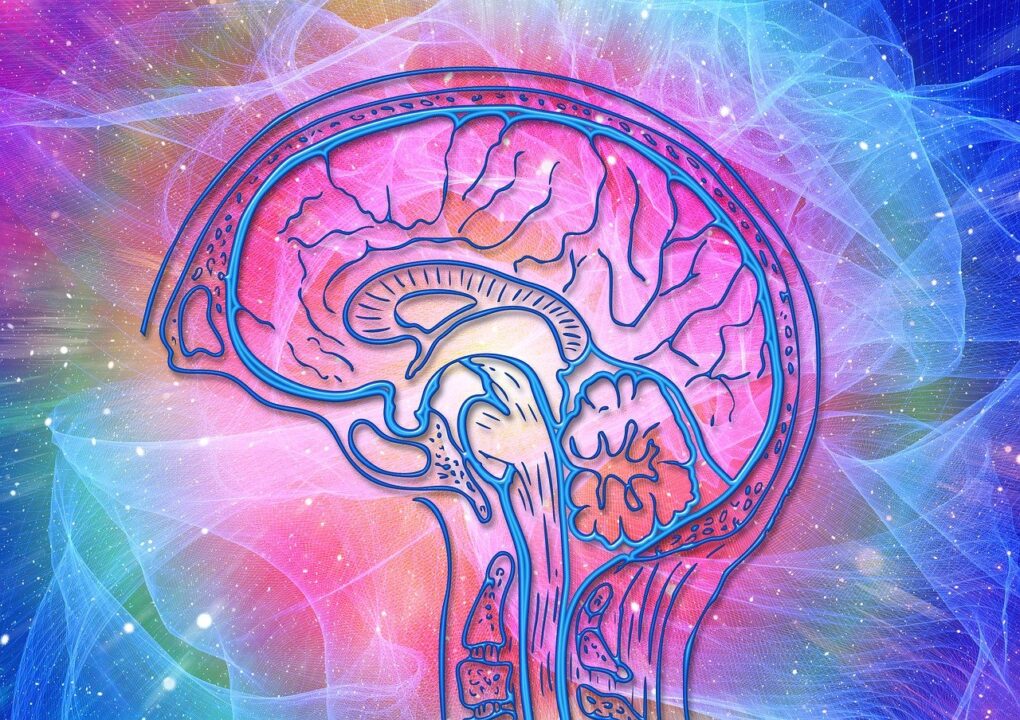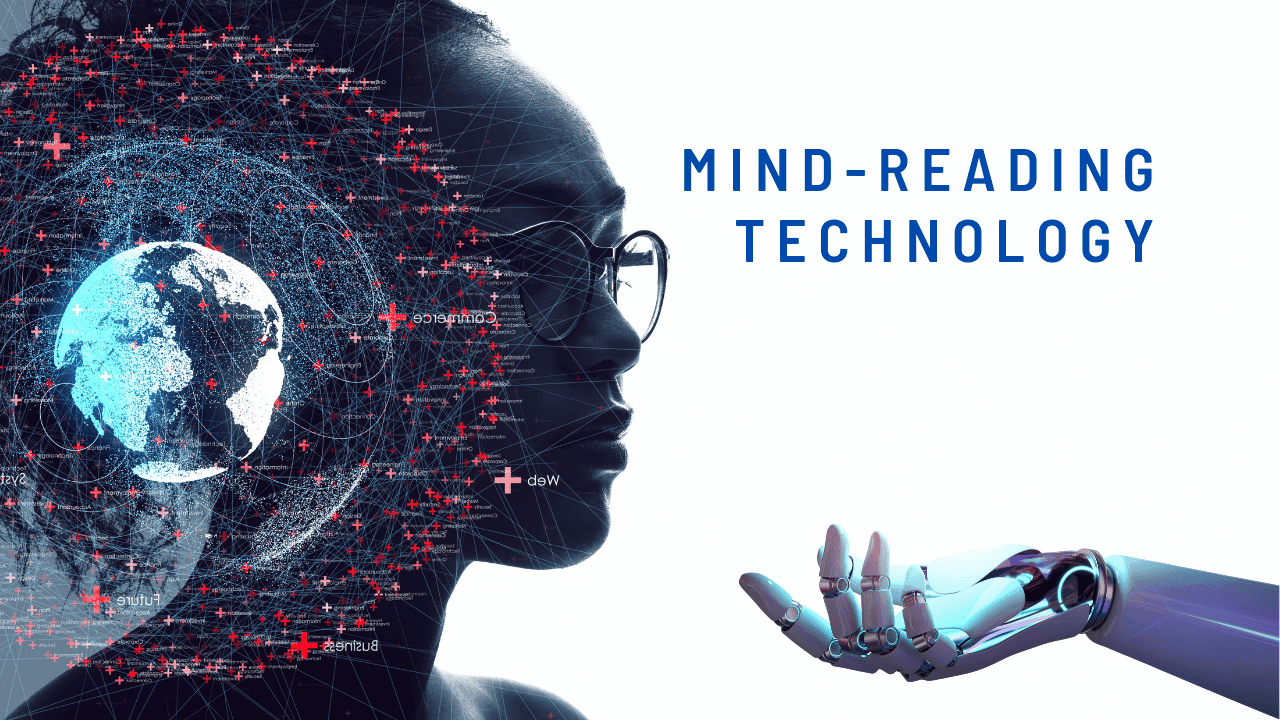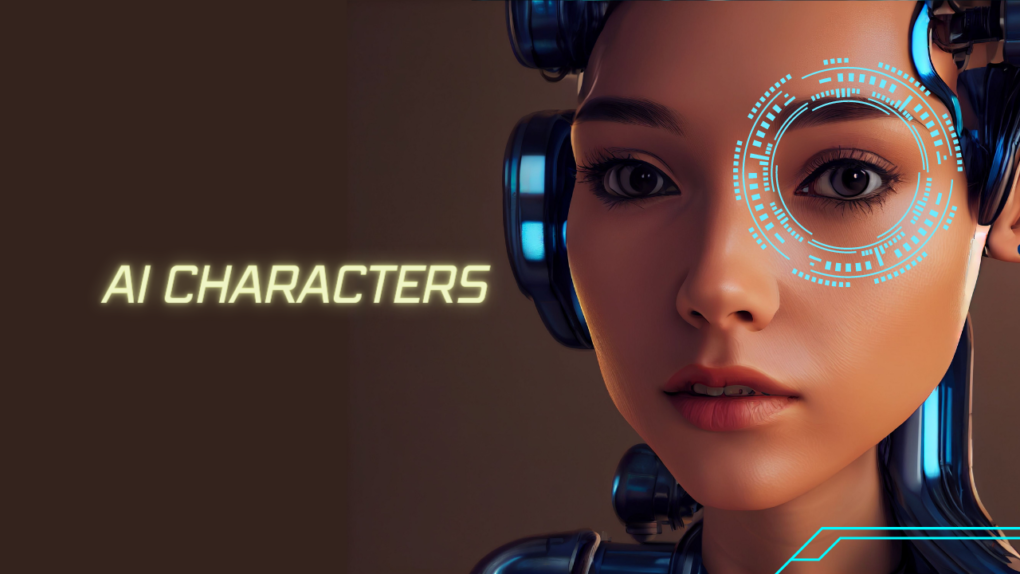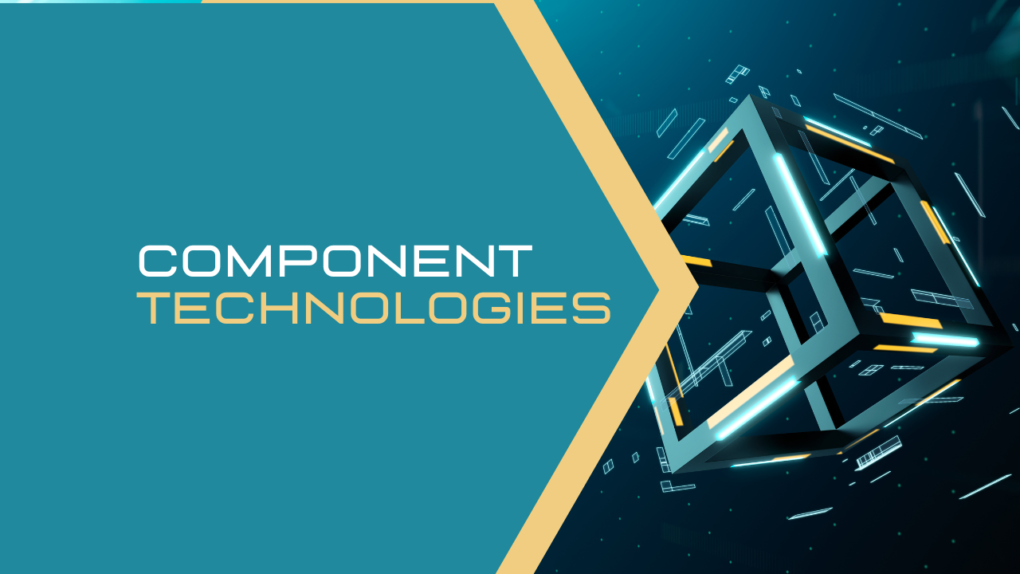In today’s rapidly advancing technological landscape, the idea of mind-reading technology has transitioned from science fiction to scientific reality. The ability to decipher our thoughts and intentions directly from the human brain is a concept that has captured the imagination of both researchers and the general public alike. This article delves into the fascinating world of mind-reading technology, exploring its history, workings, applications, ethical considerations, advancements, challenges, and potential future impact on society.
Understanding Mind-Reading Technology
History and Evolution
Mind-reading technology has a rich history that dates back to the early exploration of the human brain. This section highlights key milestones, from the discovery of brain waves to the development of sophisticated brain-computer interfaces.
How it Works
Delving into the technical aspects, this section explains the underlying mechanisms of it. It discusses techniques such as electroencephalography (EEG), functional magnetic resonance imaging (fMRI), and neural decoding algorithms that enable the interpretation of brain signals.
Applications
This section explores the wide range of real-world applications mind-reading technology offers. From assisting individuals with paralysis to helping psychologists better understand mental health disorders, the potential uses are vast and promising.
Ethical Considerations
Privacy Concerns
As mind-reading technology becomes more sophisticated, concerns about privacy and the potential misuse of personal information arise. This section delves into the ethical implications of it, addressing issues such as data security and the protection of sensitive thoughts.
Security Implications
With the ability to access people’s thoughts, mind-reading technology raises significant security concerns. This section examines the potential vulnerabilities and risks associated with unauthorized access to brain data and the measures needed to mitigate such threats.
Consent and Usage Policies
The ethical use of mind-reading technology relies heavily on consent and well-defined usage policies. This section explores the importance of obtaining informed consent from individuals participating in mind-reading experiments and the establishment of guidelines to govern its usage in various contexts.
Advancements and Future Possibilities

Brain-Computer Interfaces
This section discusses the remarkable advancements in brain-computer interfaces (BCIs) and their potential to revolutionize fields like neurorehabilitation, communication, and even human augmentation.
Neurofeedback and Cognitive Enhancement
Exploring the concept of neurofeedback, this section uncovers the possibilities of using it for cognitive enhancement, neuroplasticity, and improving overall brain function.
Potential Impact on Society
Looking into the future, this section speculates on the potential societal impact of it. It considers how it may reshape social interactions, redefine privacy boundaries, and influence fields such as law enforcement and advertising.
Challenges and Limitations
Accuracy and Reliability
This section acknowledges the challenges faced by mind-reading technology in terms of accuracy and reliability. It examines the current limitations and the ongoing research aimed at enhancing the precision of brain signal interpretation.
Accessibility and Affordability
Discussing the practical aspects, this section explores the accessibility and affordability of it. It addresses the need to bridge the digital divide and ensure equal opportunities for individuals to benefit from this technology.
Neuroethical Dilemmas
The use of mind-reading technology gives rise to several neuroethical dilemmas. This section explores topics such as brain privacy, cognitive liberty, and the potential for mind manipulation, emphasizing the need for thoughtful regulation and guidelines.
In Everyday Life
Healthcare and Medicine
This section explores the role of mind-reading technology in healthcare and medicine. It discusses how it can improve diagnosis, facilitate communication with patients in a vegetative state, and enhance treatments for mental health disorders.
Education and Learning
Highlighting the potential in education, this section examines how mind-reading technology can contribute to personalized learning experiences, adaptive tutoring systems, and improved understanding of cognitive processes.
Gaming and Entertainment
Delving into the realm of entertainment, this section explores the possibilities of incorporating mind-reading technology into gaming experiences, virtual reality environments, and interactive storytelling.
The Future
This section speculates on the future advancements and possibilities in mind-reading technology. It discusses emerging trends, potential breakthroughs, and the implications they might have on society.
Conclusion
Mind-reading technology represents a remarkable advancement in our understanding of the human brain. While it holds great promise for transforming various aspects of our lives, it also presents significant ethical challenges that must be carefully addressed. As research continues to push the boundaries of this field, it is crucial to foster responsible innovation and ensure the technology is used for the betterment of humanity.
Read also : Luna Crypto: A Game-Changing Investment Opportunity You Can’t Miss




